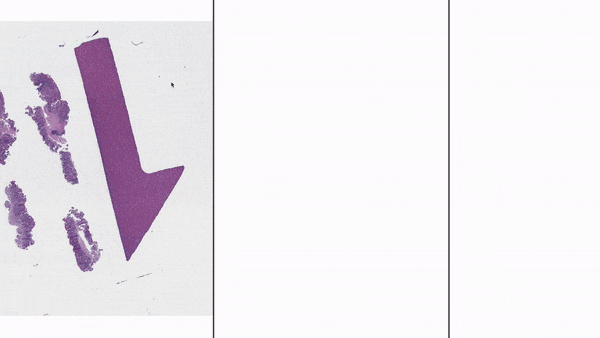Welcome to our FAQ blog post about the Lumea BxAlign. We compiled a list of frequently asked questions about this technology so you can see if it might be the right fit for your lab.
What is the BxAlign?
 The BxAlign is a marker made of the same material as the BxChip that is designed to reduce scanning failures and rescans commonly associated with poor focal plane definition of small tissue biopsies and cytology samples. It also provides a reference point for Lumea’s multi-view algorithm. Pathologists can now view multiple levels and stains of the same specimen simultaneously, facilitating easier comparison.
The BxAlign is a marker made of the same material as the BxChip that is designed to reduce scanning failures and rescans commonly associated with poor focal plane definition of small tissue biopsies and cytology samples. It also provides a reference point for Lumea’s multi-view algorithm. Pathologists can now view multiple levels and stains of the same specimen simultaneously, facilitating easier comparison.
How does it work?
The BxAlign comes processed and ready to embed with tissue in a block. The BxTag appears at the same location relative to the tissue sample in every section placed on slides. The slides then go through the standard processes to stain and digitize.
What specimen types work with the BxAlign?
The BxAlign is made for small specimen slide preparation.
What is the purpose of the BxAlign?
 The BxAlign aims to improve the quality of scanned slides and reduce the number of needed rescans in a laboratory. It also enables the Lumea MultiView®.
The BxAlign aims to improve the quality of scanned slides and reduce the number of needed rescans in a laboratory. It also enables the Lumea MultiView®.
How many uses can I get out of one BxAlign?
You can expect up to 100 sections per BxTag block when cutting at 3 to 4 microns.
Schedule a call with us today to try the BxAlign in your lab.

